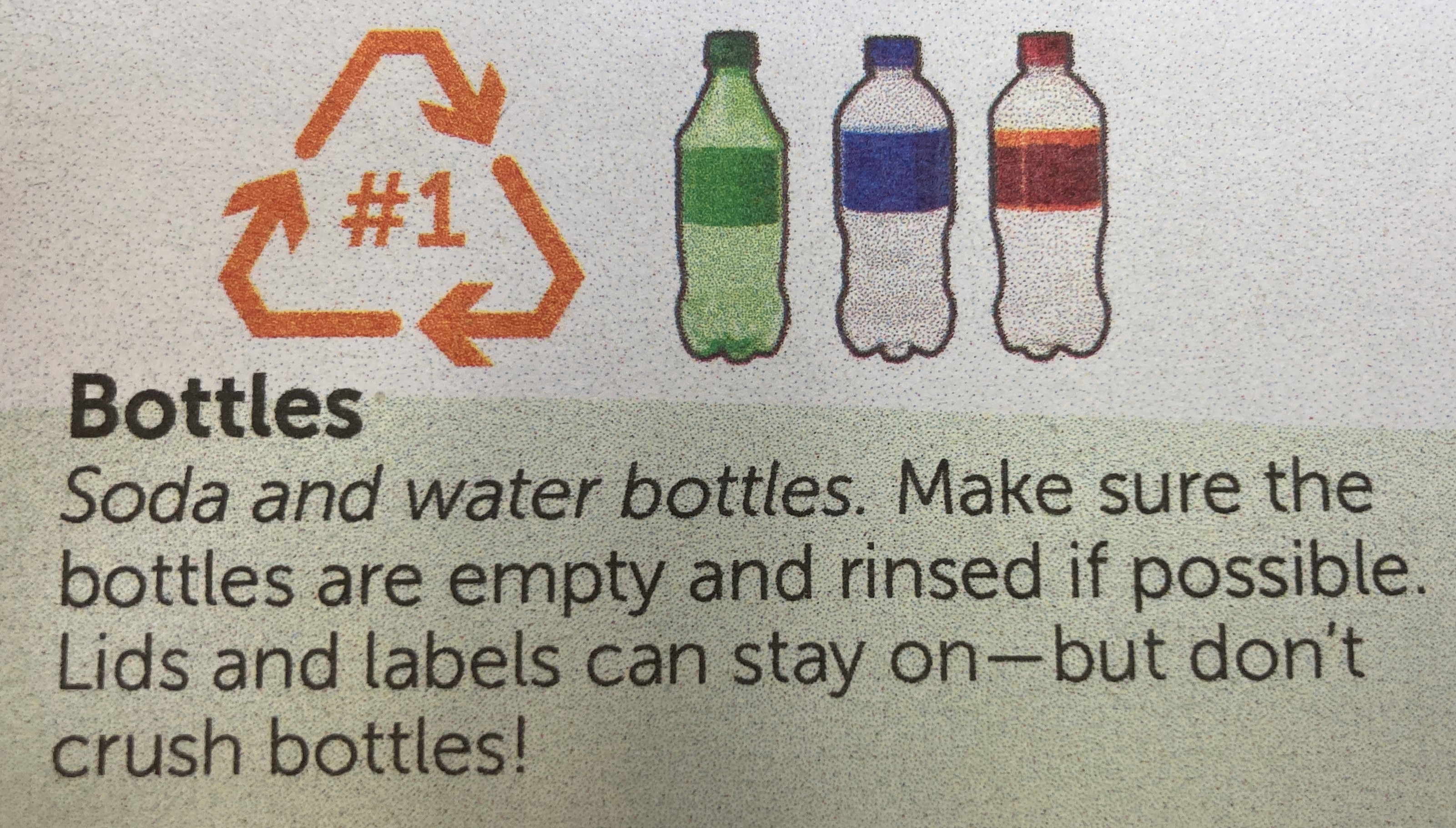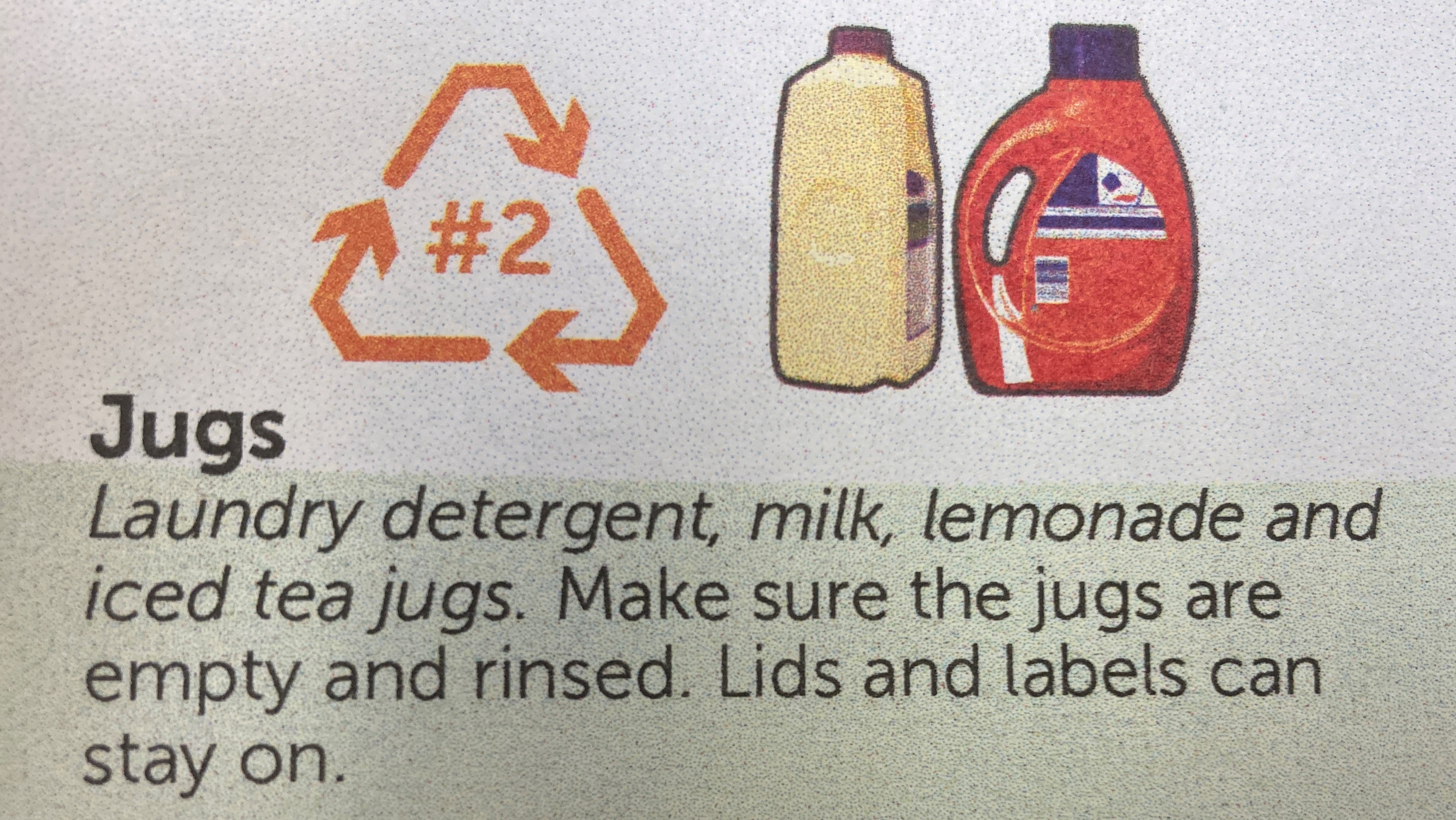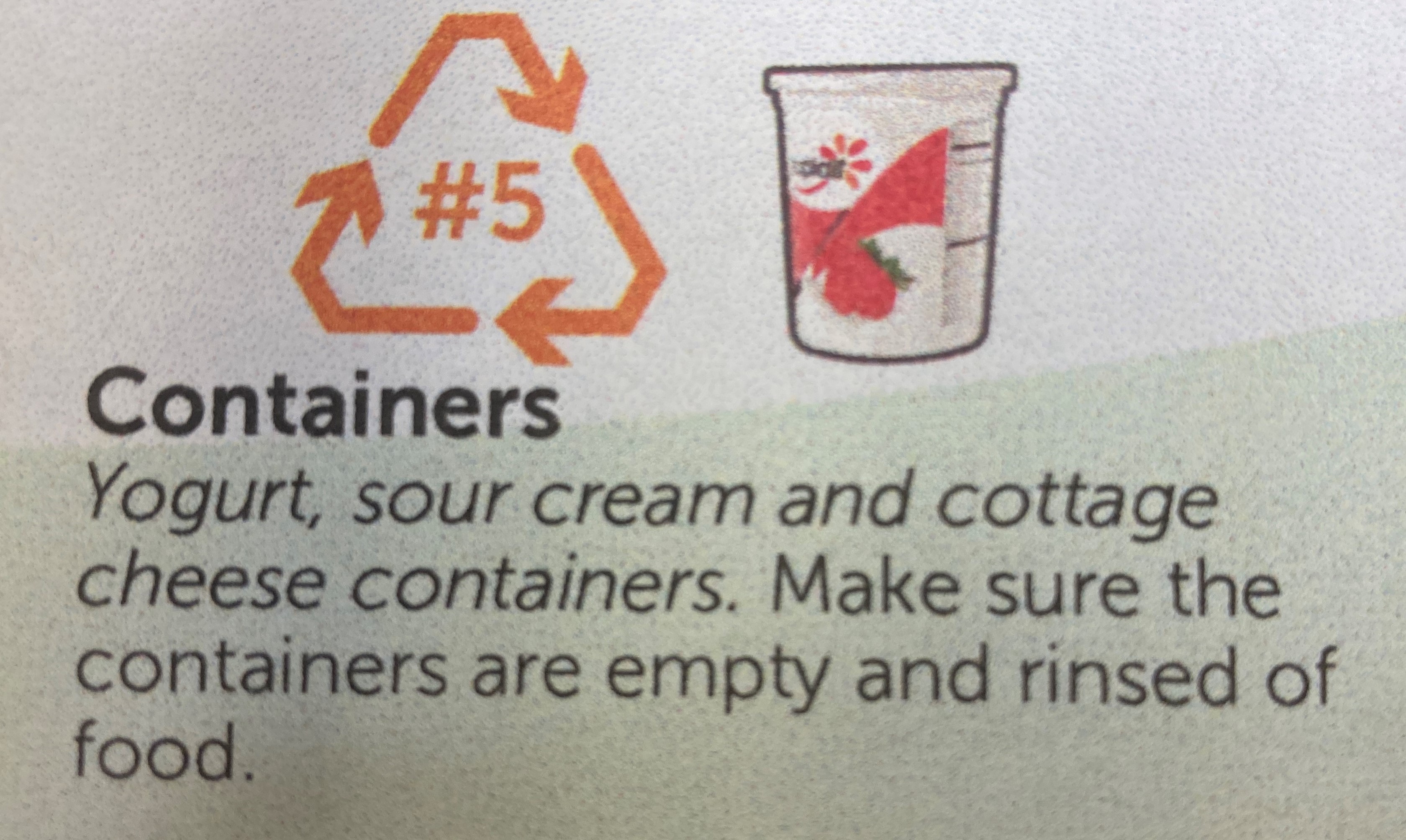The Springfield recycling center is now narrowing the kinds of plastics accepted at its facilities.
Most plastic items are labeled with a number 1-7. This label indicates the chemical composition and complexity of the plastic to manufacturers and recycling providers. The Springfield recycling center is now only accepting numbers one, two and five plastics.
Number one plastics are made of polyethylene terephthalate, of which most soda and water bottles are made:

Number two plastic is HDPE (high-density polyethylene), of which most milk jugs are made:

Number five plastic is PP (polypropylene), of which most yogurt containers are made:

Each type of plastic is recycled differently, so it is important that they are sorted correctly to avoid contamination when being remade. If a batch of recycled material is contaminated, it has to be thrown away, which makes recycling a more expensive service because it forces the providers to dispose of what could have been profitable material.
The Springfield recycling center is going to start advertising these changes in recyclable items within the next week, but encourages citizens to make the changes as soon as possible to increase the amount of recycling Springfield's providers will take.
Why the change?
Recycling regulations are ever-shifting due to the supply and demand within the recycling business. Recycling centers can only sell as much recycled material as the recycling manufacturers are willing to take.
Springfield recycling center, New American, has had a difficult time selling the other numbers of plastics that were previously accepted because there is a low demand for them, according to Springfield Sustainability Coordinator Ashley Krug.
“Everything we do is to aid in the ease of our providers processing and marketing those products,” Krug said.
Along with changes in accepted plastics, the recycling center is changing the way craft paper and paperboard boxes are recycled. Brown paper will now be recycled as cardboard instead of paper.
Due to changes in paper recycling providers, the Springfield recycling center will no longer be accepting hardback books.
Guide to recycling plastic
- Rinse out the plastic item. Make sure there is no food or drink leftover in the item.
- Find the item’s number. If there is no number or the number is not 1,2, or 5, then throw it in the trash.
- If the item meets these requirements, place it in the correct recycling bin.
Adhering to these regulations increases the amount of materials that are actually being recycled in Springfield. Currently, 70 percent of all waste going into the Springfield landfill could be recycled, according to Krug.
Not sure if your waste is recyclable?
Search item in the Waste Wizard
Call the recycling hotline 417-864-1904
Or read more on the types of plastic on this plastic numbers guide.


